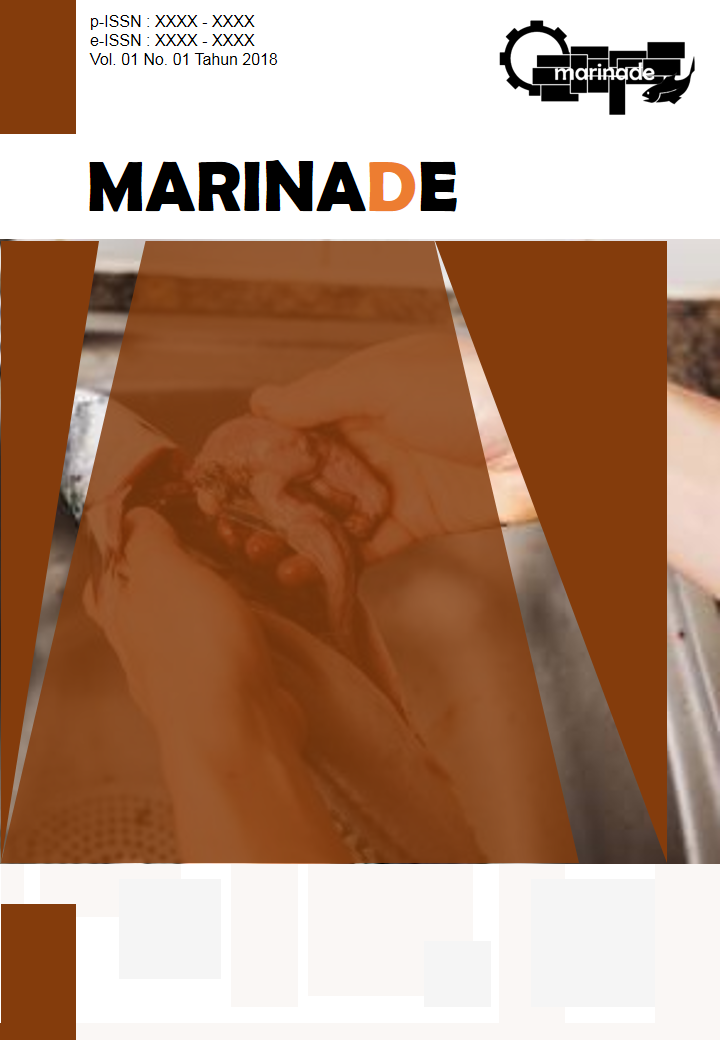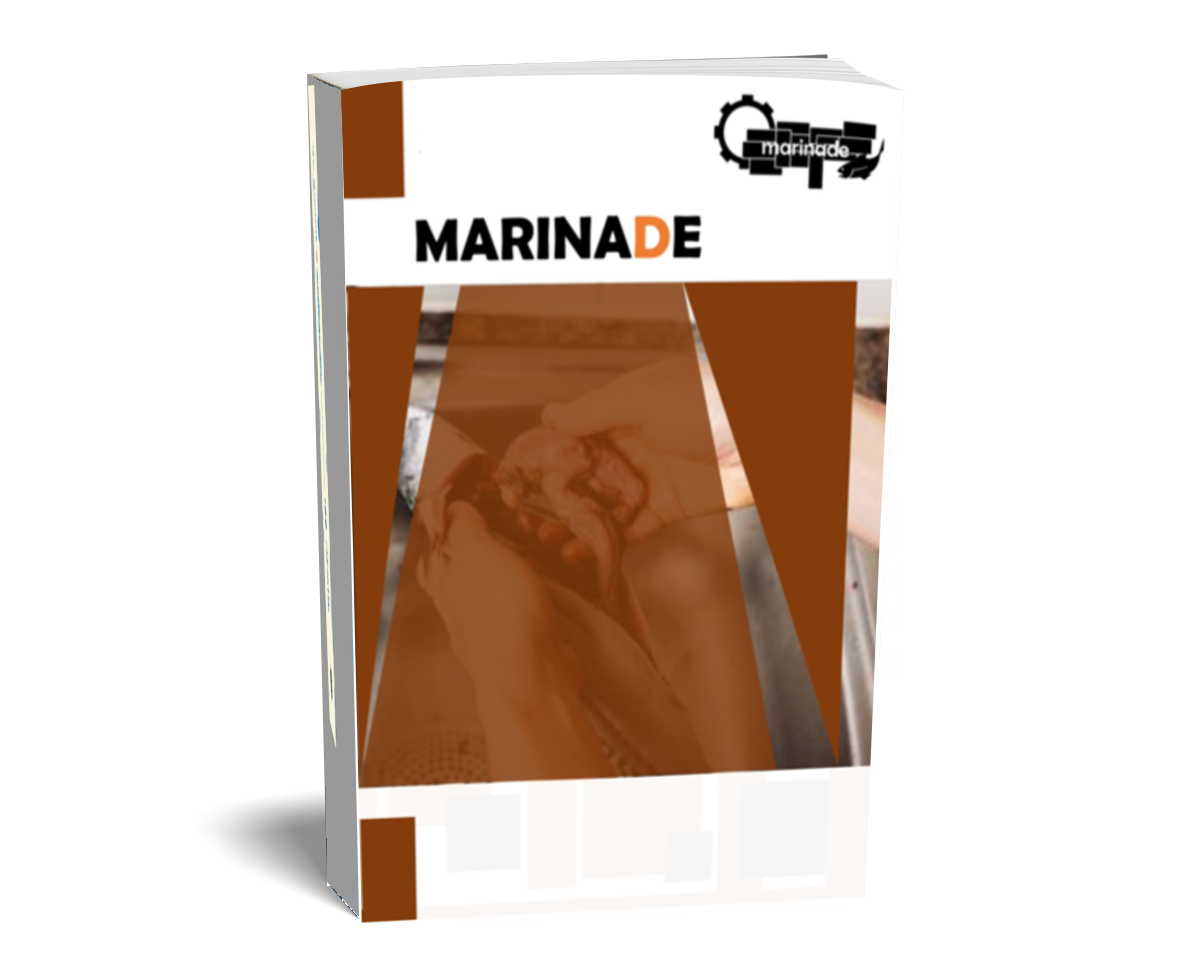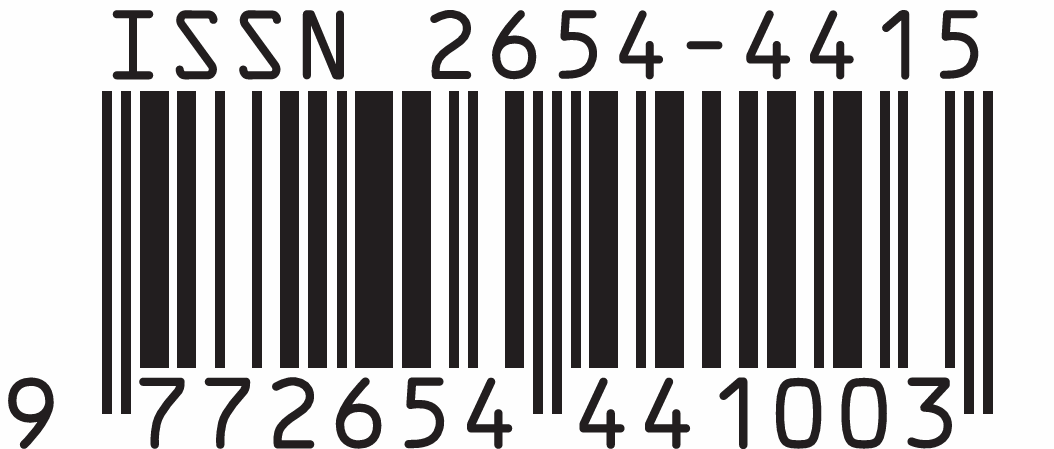MEKANISME TOKSISITAS LOGAM KADMIUM TERHADAP FITOPLANKTON : REVIEW
DOI:
https://doi.org/10.31629/marinade.v5i01.4307Keywords:
Cadmium, Phytoplankton, ToxicityAbstract
Cadmium is a non-essential metal that has a toxic effect on organisms in the aquatic environment, including diatoms, which are organisms that have an important role in the aquatic environment. One aspect of the toxic effect of cadmium is the growth inhibition of phytoplankton. Phytoplankton are unicellular organisms that have an important role in aquatic ecosystems as primary producers. Exposure of the heavy metal cadmium to phytoplankton can have an impact on the balance of the food chain in aquatic ecosystems. This literature study will discuss the impact of exposure to heavy metal cadmium on phytoplankton and the mechanism of its toxicity. Exposure to cadmium has been shown to affect the physiology and morphology of phytoplankton by inhibiting cell growth, damaging chloroplasts and photosynthetic pigments such as chlorophyll (chlorosis).
Downloads
Downloads
Published
Issue
Section
License
You are free to:
- Share — copy and redistribute the material in any medium or format for any purpose, even commercially.
- Adapt — remix, transform, and build upon the material for any purpose, even commercially.
- The licensor cannot revoke these freedoms as long as you follow the license terms.
Under the following terms:
- Attribution — You must give appropriate credit, provide a link to the license, and indicate if changes were made . You may do so in any reasonable manner, but not in any way that suggests the licensor endorses you or your use.
- ShareAlike — If you remix, transform, or build upon the material, you must distribute your contributions under the same license as the original.
- No additional restrictions — You may not apply legal terms or technological measures that legally restrict others from doing anything the license permits.













